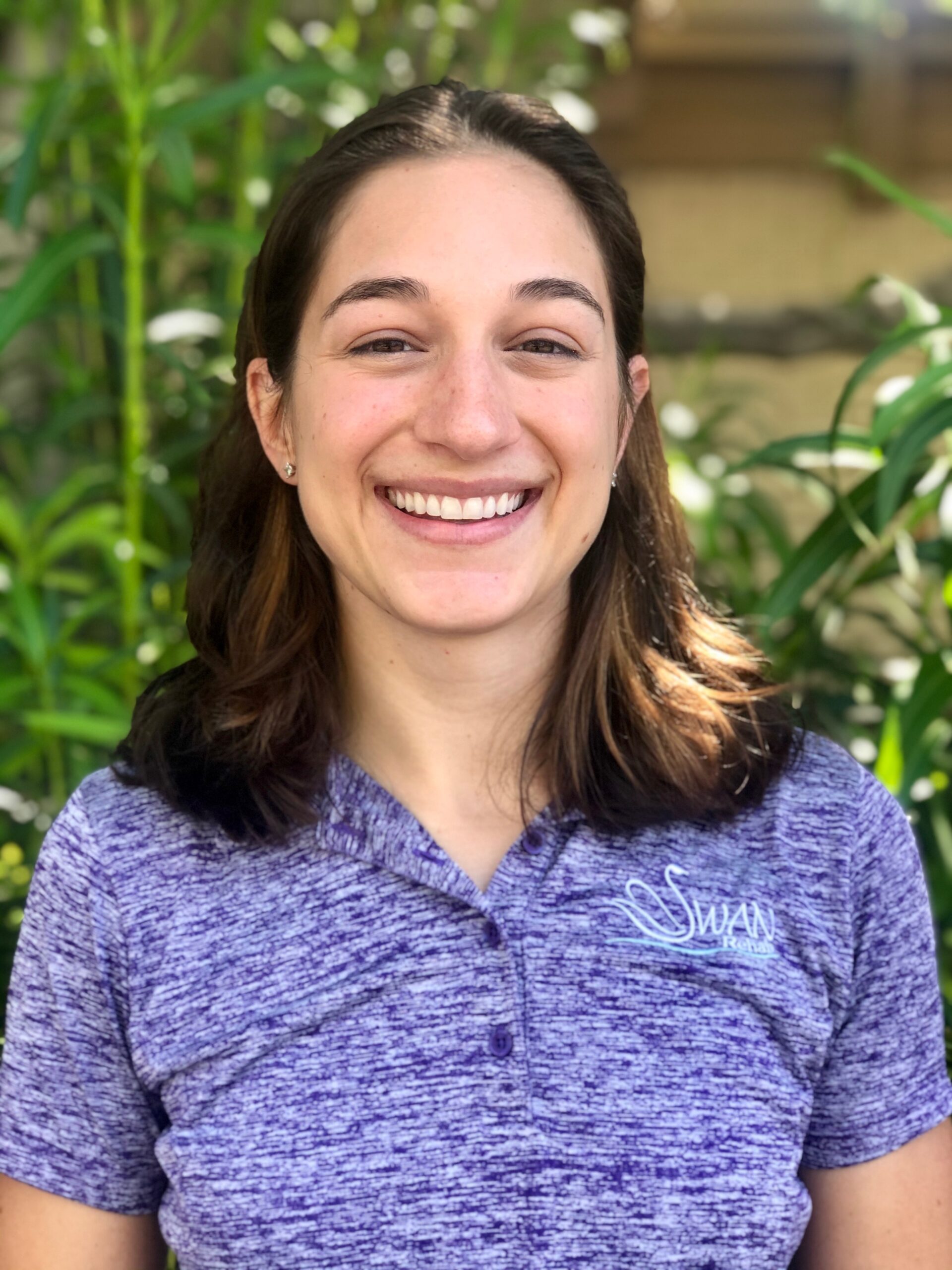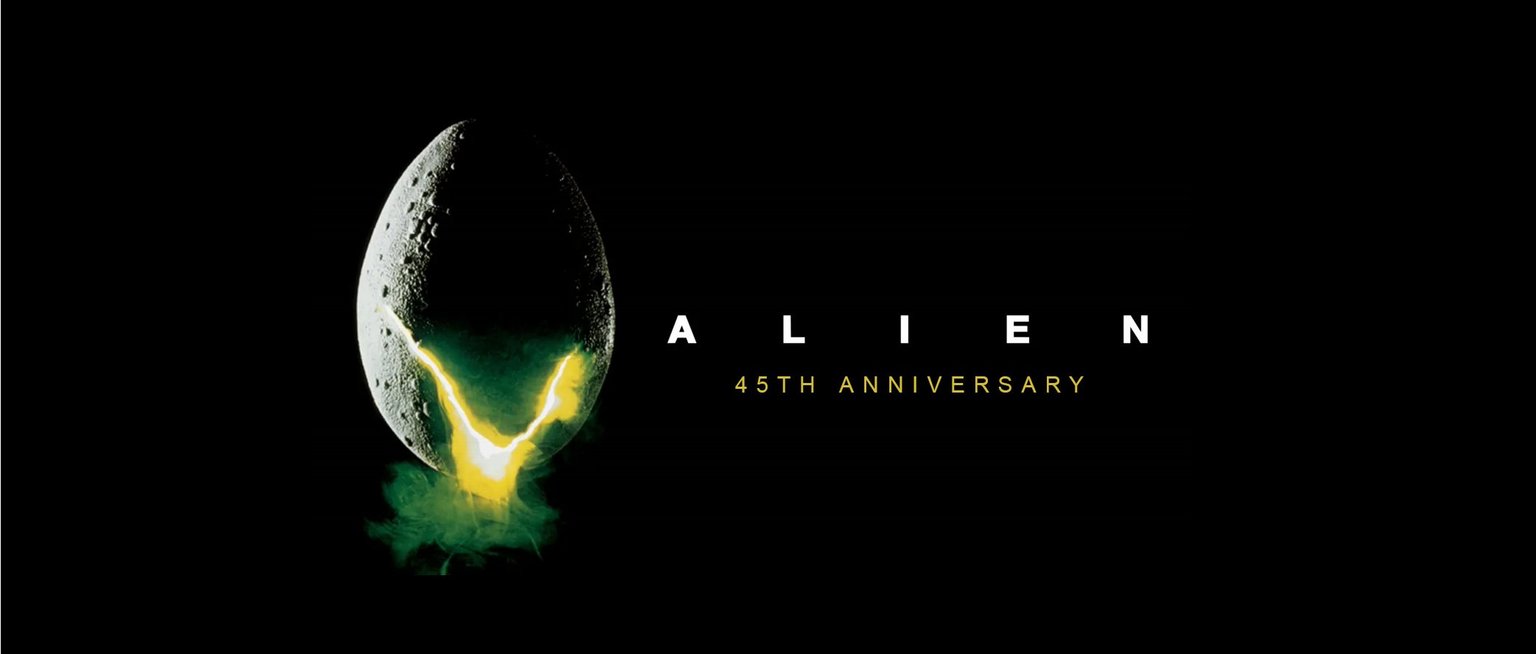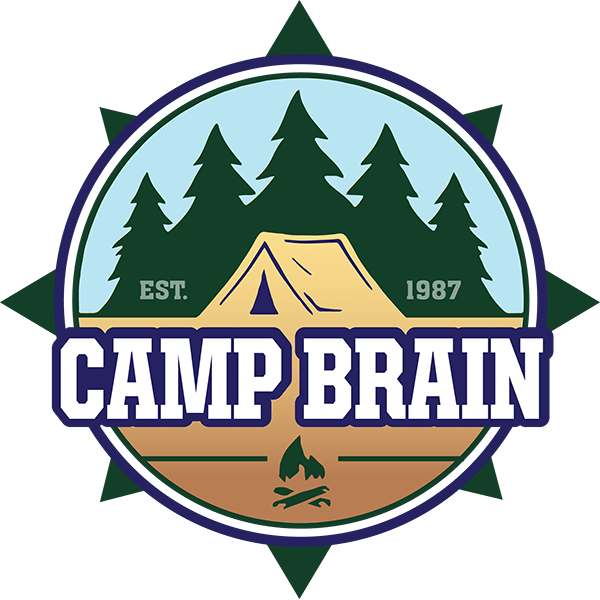Getting Brain Injury Survivors Back To Work After Overdose
As the number of brain injuries after overdoses from opioids and other substances has continued to grow over the last several years, the Brain Injury Alliance of Arizona (BIAAZ) became increasingly concerned with the long-term outcomes of both survivors of substance misuse and their loved ones. Last year, the BIAAZ garnered special funding to address addiction in the brain injury population and deployed a three-person State Opioid Response (SOR) Team to deliver statewide support. These services range from peer and family support, to trainings for professionals to help them assist survivors managing symptoms of brain injury during addiction treatment. Additional trainings include screenings for incoming shelter and treatment center clients for possible head trauma. In order to support these tireless efforts, the SOR Team interacts with many amazing professionals, such as Samantha Eagle, whose work is highlighted in this article.
After experiencing a brain injury, there are many steps to successful rehabilitation, such as physical, cognitive, psychiatric, speech, and recreational therapies, which are focused on an individual recovering as quickly and functioning as independently as possible.
A key group within the Brain Injury Alliance of Arizona’s free network of resources for brain injury survivors are occupational therapists. Working closely with survivors, families and caregivers, OT’s are essential to re-integrating a survivor back into the world.
Samantha Eagle, OTR/L, is an Occupational Therapist with SWAN Rehab in Phoenix, part of Rehab Without Walls NeuroSolutions. “The whole point of OT is to help you do the things you want to be able to do again, even if it’s not the way you were doing it before,” Samantha explains.
Her exposure to the OT field started at a young age. In high school and college, she spent a great deal of time recovering from a back injury and couldn’t perform tasks in the same way as everyone else. As a result, she learned to do everyday things differently, giving her empathy for others who find themselves having to rebuild their lives after injury and disability.
She received a B.A. from Claremont Mudd Scripps, then a Master’s in OT from Washington University in St. Louis. As a graduate student, she did research on how people can manage their mild stroke at home if they don’t receive enough therapy services.
Her interest has always been in vocational and neuro rehab, focusing on brain and spinal cord injury. When she landed at SWAN Rehab in vocational neuro rehab, she couldn’t have been happier. “It was perfect for me,” she says.
For the past year, this California native has been evaluating survivors’ abilities and creating individualized plans she tailors to help them contribute to society, often in ways that are new to them.
“Many individuals with brain injuries don’t realize that they are able to work again,” explains Samantha. “They need people to believe in them in order to get a job.”
Samantha also thinks a lot of people see occupational and physical therapists mainly as the ones who will help get an arm or leg better after its been injured. “They don’t realize we can problem solve almost any problem that you have,” she shares. “Even if you don’t have use of your arm or your leg, we can find a new way to live your life around it.”
One of the biggest misconceptions she seeks to correct revolves around the idea that a person can only seek help under certain conditions. “If you have an injury, you don’t have to wait for it to get better. People often seem to be surprised by that.”
Brain injuries, whether traumatic, such as ones caused by bumps, blows, or jolts to the head, or acquired, such as tumors, strokes, or hypoxic/anoxic injuries (e.g. from opioid overdose), present special challenges. One important aspect of occupational therapy for those overcoming substance abuse and brain injury is introducing new routines and support systems. Many in recovery want to spend time with others who are clean and sober, which can mean an entirely new way of life with new friends and a new living situation.
The rehab team Samantha is part of seeks to ensure these individuals have the proper supports to be successful and not relapse once they have completed treatment. Such supports can include helping them find a comfortable way to explain their disability to others. They may not want to tell a new acquaintance or potential employer they have a brain injury due to substance abuse. In such a case, an example of how the rehab team might address this issue would be to develop scripted responses the person could use and practice beforehand.
Samantha’s time is spent within two programs. In the comprehensive vocational program, she helps people return to work. “They come to the clinic, then we get them placed at a volunteer site, we observe them at the site, then determine what kind of work is appropriate for them,” she explains.
It’s a comprehensive approach that fully engages each patient’s journey to returning as much as possible to their previous life while honoring the parts that are different. Samantha says, “no matter where you are in the recovery process, there’s always something for patients to be working on: The goal is just change.”
The second program she’s involved with is the Spinal and Head Injury Independent Living Program. “We teach skills for living independently, like getting out of bed and getting dressed, grocery shopping, cooking, and transportation,” she tells.
What’s more, she teaches patients all the steps required to land a job, including building a resume and learning job skills. But it doesn’t stop there. “When they eventually get a job, we then go with them to make sure they have all the support they need,” she shares.
She also helps them create cognitive strategies to facilitate independence at home as well as at work. These may include checklists, calendars, organizational binders, and notes posted around the house or work environment.
“Our goal is the same as theirs: independence,” Samantha emphasizes.
For anyone who has a brain injury, Samantha encourages them to seek vocational rehabilitation. “There’s always another job for everyone, or even productive volunteering,” she assures.
ABOUT BRAIN INJURY ALLIANCE OF ARIZONA
The Brain Injury Alliance of Arizona (BIAAZ) is the only statewide nonprofit organization dedicated to improving the lives of adults and children with all types of brain injuries through prevention, advocacy, awareness and education. BIAAZ also houses the Arizona Brain Health Resource Center, a collection of educational information and neuro-specific resources for brain injury survivors, caregivers, family members and professionals.
What began in 1983 as a grassroots effort has grown into a strong statewide presence, providing valuable life-long resources and community support for individuals with all types of brain trauma at no charge.
The Brain Injury Alliance of Arizona:
- Works with Congressional Brain Injury Task Force
- Houses Arizona Brain Health Resource Center
- Hosts Statewide Opioid Use Disorder & Cognitive Impairment Workgroup
- Has Statewide Opioid Use Disorder & Cognitive Impairment Response team with peer support, training, and family wraparound services
- Facilitates Brain Health Advisory Council
- Manages statewide Neuro Info-Line: 888-500-9165







